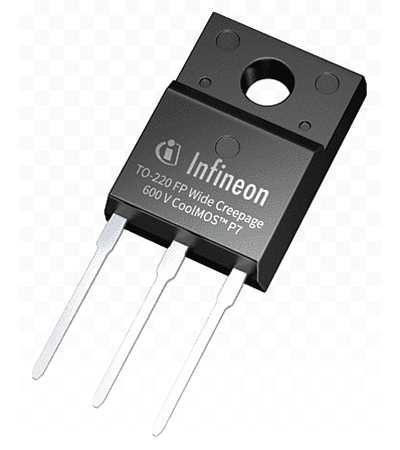
MOSFETs (Metal-Oxide-Semiconductor Field-Effect Transistors) are commonly used semiconductor devices in a wide range of electronic applications. They can fail due to various factors and operating conditions. Some common MOSFET failure modes include:
- Gate oxide breakdown: The gate oxide in a MOSFET is a thin insulating layer that separates the gate terminal from the channel. If the voltage applied to the gate exceeds the MOSFET’s specified limits,it can cause gate oxide breakdown, resulting in a short circuit between the gate and the channel.This failure mode permanently damages the MOSFET and typically renders it unusable.
- Overheating: MOSFETs can generate heat during operation, and excessive heat can lead to thermal stress and failure. Overcurrent or overvoltage conditions, inadequate heatsinking, or improper PCB layout can cause MOSFETs to overheat and eventually fail.
- Overcurrent and overvoltage: MOSFETs have current and voltage ratings, and if these limits are exceeded, they can experience catastrophic failure. Overcurrent can lead to excessive power dissipation and thermal failure, while overvoltage can cause avalanche breakdown, damaging the device.
- ESD (Electrostatic Discharge) damage: When handling MOSFETs, it’s crucial to take proper ESD precautions. Electrostatic discharges can cause tiny breakdowns in the MOSFET structure, leading to latent failures that might manifest later during operation.
- Shoot-through: In bridge circuits or motor control applications, shoot-through can occur when both the high-side and low-side MOSFETs in an H-bridge are momentarily turned on simultaneously. This creates a short circuit between the power supply rails, resulting in a large current surge and potential MOSFET failure.
Mosfet is the power converter in smps, it handles alot of stress, so it should be selected wisely
Overall very good. But as with the last one, it needs an ending to bring the reader back to considering MDLI. If you want me to write it I can, or if you are willing, I trust your judgement and writing ability.
It will be great if you write it